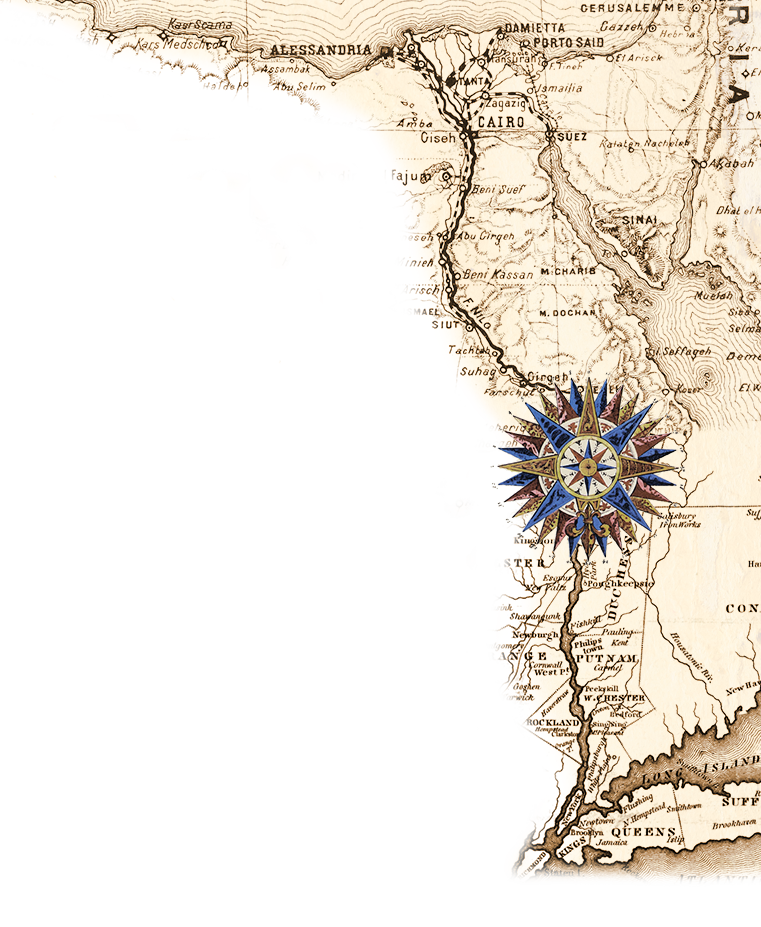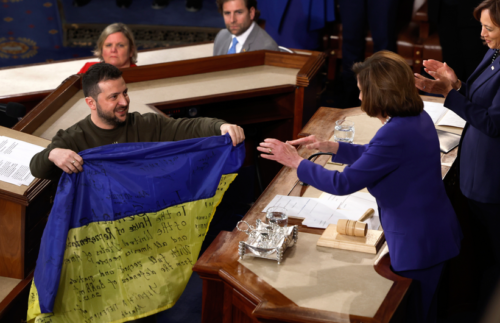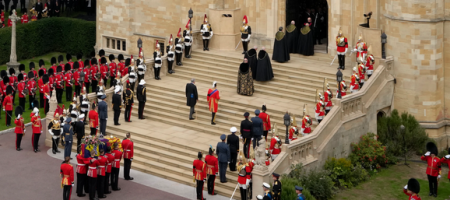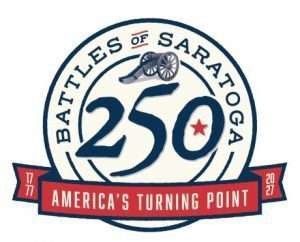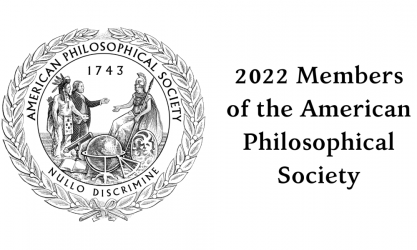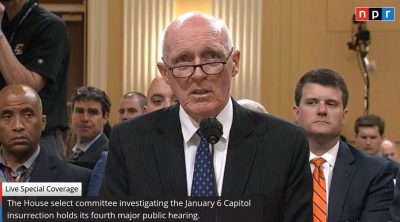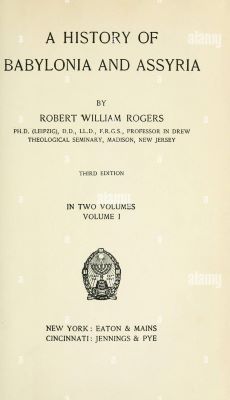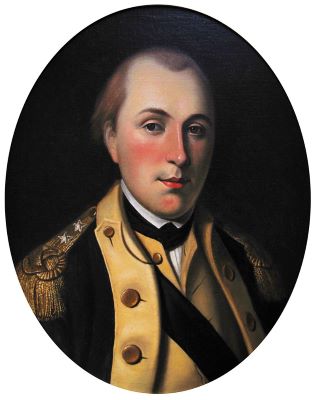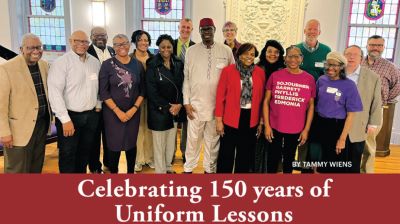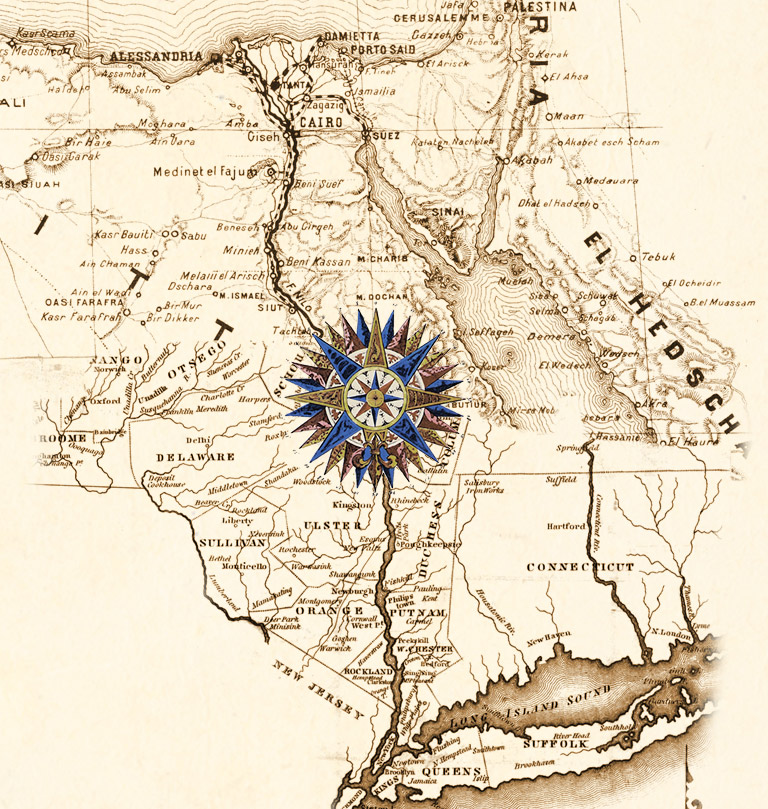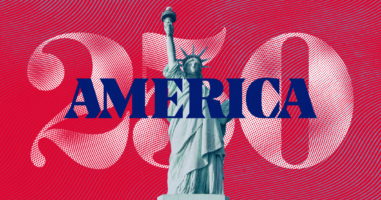
Can you feel the excitement mounting? We keep getting closer and closer to the 250th anniversary of the birth of the United States. The anticipation rises. What a glorious day that will be on July 4, 2026. If only we can get past the upcoming presidential election and have a country as we know it to celebrate the event … or if you prefer to commemorate it.
In this blog I wish to present some developments in the 250th. It does not cover everything, but it does touch upon some of the highlights. We should keep in mind that 2024 is the 250th anniversary of 1774. There is no prohibition in having local events this year just as Boston did last year for the Tea Party.
What, to Americans Today, Is the Fourth of July?
By Nancy Spannaus / In American Revolution, News / March 25, 2024
A Report and Reflections on the Virginia250 Conference held in Williamsburg, March 18-20
It was my pleasure to join my husband in attending the annual conference of the Virginia American Revolution 250 Commission last week. Under the title “A Common Cause to All,” the Commission, in partnership with the Colonial Williamsburg Foundation, brought together 450 individuals from 37 states and all around Virginia, to discuss plans for commemoration and celebration of our nation’s 250th birthday, July 4, 2026. We were lavishly wined and dined, and able to meet and discuss with individuals devoted to celebrating American history.
This is a big conference. I wonder whether any other state or even national organization is or plans to host a comparable dedicated national conference. Clearly Virginia is thinking big time. Remember the AMC series Turn about the spy ring based in New York? The show not only was filmed in Virginia but was advertised by Virginia with nary an I LOVENY commercial in sight. Virginia takes its American Revolution seriously.
The situation today is quite different from 1826 and 1976.
All sought in their own way to address the problem of how to do justice to this momentous event, and bring national unity, in this time of historic political polarization and documented indifference or even hostility from the younger generation.
These words cut to the core of the challenge facing organizers of the American Revolution 250th. It is a time to strive for national unity as Americans, to recognize that we cannot take the Declaration of Independence or Constitution for granted anymore. The reality is we live in a time when these documents have been weaponized as if they do not apply to all American citizens.
I would argue that the second most stirring presentation during this conference was given by Dr. Danielle Allen, the author of the 2014 book Our Declaration: A Reading of the Declaration of Independence in Defense of Equality. Dr. Allen’s advocacy for the Declaration has inspired a citizens’ movement to sponsor public readings of the founding document every July 4 – a movement that my husband and I have participated in for the last several years in our small town.
In a previous blog, I asked what is your ceremony of belonging as an American (What Is Our Ceremony of Belonging? July 8, 2023). I was referring to local events where the people of a community come together to express their shared identity as Americans. It is interesting to note that around July 4 each year I receive many notices about a reading of Frederick Douglass’s speech and virtually none about the reading of the Declaration itself. True the latter was written as a legal brief and not a rousing speech. Some of the clauses are difficult to hear now out of context, but still it is telling that the founding document gets such short thrift on its birthday.
The most contentious of the discussions occurred during the “Fireside Chat with Jefferson and Early American Scholars,” which featured Professor Woody Holton of the University of South Carolina, and Jane Kamensky, President of the Thomas Jefferson Foundation at Monticello. Holton took the approach that historians should begin teaching the flaws and contradictions of the American founding to children from a very young age. He resolutely objected to the compromises made by the Founding generation. At the conclusion, he even opined that he would have preferred that we stick with the Confederation government, rather than the Constitution.
Kamensky, on the other hand, was at pains to emphasize the complexity and flaws of not only the founders, but those who are judging them today. The United States was born a question, she said, and we must educate our children to participate in our democracy by both celebrating and criticizing its practices. Compromise was and is necessary to the preservation of the Union, which is a positive achievement, she asserted.
I suspect that history organizations will struggle over precisely this difference. Previously I have written about two types of conferences on the American Revolution (Sense of Place versus the Ivory Tower: The American Revolution 250th July 23, 2022). One is the academic one which tends to be highly critical of the Declaration of Independence and the American Revolution. The ivory tower conferences routinely fail to notice how many countries have been republics and or democracies for 250 years especially as a large multi-racial, multi-ethnic, multi-religious political entity. You would almost think such countries are par for the course and what makes us exceptional is our failure to match the longevity of such counties around the world.
The other type of conference often at battlefields and not colleges or universities. They focus on how it came to be that We the People won the war against the most powerful country on earth. They have no objection to including how all peoples contributed to that effort but are not judgmental in that the war never should have occurred or that if we have not lived up to the words of our founding that the experiment should be declared a failure. Virginia certainly is promoting the sense of place engagement with the American Revolution where people will come and visit the sites where it occurred just as people did for the Boston Tea Party in December 2023.
The panel on “Approaches to Public Engagement” laid out some of the large challenges facing those committed to the 250th celebration. Speaker Matt Williams works for a firm which does polling, and had been commissioned to carry out a study of Americans’ views of history in late 2022. The firm interviewed 2400 people, 50% of them young, and 50% on the Eastern Seaboard. The “bad” news was that 60-70% said that history made them anxious, and they were tuning it out. An additional survey of teachers produced the disheartening result that it was “very difficult” to engage students in studying history, especially in suburbia. Some potential remedies – the use of museums, primary documents, and digital presentations – were also discussed.
There should be no doubt that schools will be a battleground in the celebration/commemoration of the American Revolution. They already are a battleground. The intensity of the conflict is only likely to increase after the presidential elections. The discourse during our Third Civil War will result in increasing calls for violence depending on the results of that election. The irony is just as we prepare more vigorously to celebrate the birth of the United States, there will be more and more calls to somehow separate into our two houses.
A special treat was the sneak preview of the upcoming film series by Ken Burns entitled “The American Revolution,” which promises to be highly influential. The six-part series was begun eight years ago and will be released in the fall of 1775. The preview was provided by Paula Kerger, President and CEO of the Public Broadcasting System, and Sarah Botstein, an associate of Burns who is working on the film. Botstein described the intensive process of scholarly research involved and the problems of dealing with a lack of physical evidence and images – unlike in Burns’ films about the Civil War and Vietnam. She then showed two short sketches, one dealing with the role of women in the resistance to the Tea Act, and the other to Bunker Hill.
Can Ken Burns save us? Can he obtain blockbuster ratings given the media structure today? Will his film series become the basis for curriculum? Can he wave his magic media wand and bring Americans together? Obviously, I do not know what will happen.
CONNECTICUT 250TH
The state of Connecticut highlights some of the issues where the rubber hits road. It brings to a more local level some of the high level concerns expressed in the report on the national conference in Virginia. The recent state conference according to its notice said the following:
America 250 | CT Information:
Commission created pursuant to Executive Order No. 22-2, which instructs it to:
1. promote the documentation, identification, and preservation of cultural and historic resources, including archives, buildings, landscapes, objects, and sites related to the semiquincentennial period
2. assist in ensuring that any observance of the semiquincentennial of the American Revolution is inclusive and appropriately recognizes the experiences and points of view of all people affected by the events surrounding the American Revolution
3. encourage civic, historical, educational, economic, arts and other organizations throughout the state to organize and participate in activities to expand the understanding and appreciation of the significance of the American Revolution
4. collaborate with state and local tourism agencies to promote the state as a prominent cultural and heritage tourism destination for American Revolution history.
This part could have come from the Bicentennial. Then come the changes.
Other big ideas:
1. By recognizing this moment in our history, the nation has the opportunity to lay the groundwork for a reawakening of civic engagement by encouraging the participation of all residents.
2. The Commission is committed to providing guidance for how to make this inclusive of all people in Connecticut and accessible to anyone who wants to participate
3. Although we are commemorating the anniversary of the signing of the Declaration of Independence on July 4, 1776, the Commission goes beyond that to reflect on the last 250 years of history and consider and shape the next 250 years.
Here we may start to observe shift in emphasis from the traditional celebration to a commemoration reflecting what has happened and what may happen. There is the hope that somehow the semiquincentennial will have a magical effect on people.
And they’ll watch the game and it’ll be as if they dipped themselves in magic waters. The memories will be so thick they’ll have to brush them away from their faces. People will come Ray. The one constant through all the years, Ray, has been baseball. America has rolled by like an army of steamrollers. It has been erased like a blackboard, rebuilt and erased again. But baseball has marked the time. This field, this game: it’s a part of our past, Ray. It reminds of us of all that once was good and it could be again. Oh… people will come Ray. People will most definitely come (James Earl Jones, Field of Dreams).
I write this blog as women’s basketball is setting records for is college championship and a team from Iowa is having a magical year including a game against Connecticut.
America 250 | CT Themes
1.Tell Inclusive Stories: Share stories that represent all of Connecticut’s people, past and present; Tell previously untold stories to enable everyone to find a place in our nation’s narrative
2. Power of Place: Creation of a community-based structure will allow each of Connecticut’s towns and cities to define their own programs and ideas about how they can engage their citizens; Commission will ensure the alignment between Connecticut’s 250th activities and those of the greater region and nation, building relevance and aligning the state with other areas
3. Doing History: Public must be invited to participate in the process of doing history; Inviting audiences to engage with the historical method can help them become more comfortable with the ambiguous, contested, and always-evolving nature of history; Focus on the role of Connecticut within the national narrative
4. For the Common Good: Discussions about our democracy and civic intuitions can help strengthen understanding, inspire action, and reveal ways that all of us can participate in and shape our democracy; Reconsider the origins of our government, democratic institutions, and broader civic life, and a chance to reflect on the ways we have changed them over time.
Here is where the hard work really begins. To some extent such conversations already occur. Think of the school board meetings with its calm debates over curriculum and books in the library. While it is a worthy goal to engage the public to do history and have such discussions, the challenge to actually have them is more problematical. Let us not forget that there were Tories and Patriots during the American Revolution anyway so it would be simplistic to think we can have a “Come let us reason together” moment in the towns and villages of the state and country today. And what is “the national narrative”? (Ending the Uncivil War: Creating a Shared National Narrative for the 21st Century January 28, 2021). There is scarce agreement as to what constitutes the national narrative. Plus such discussions are planned for after a very contentious presidential election year that threatens to rip the social fabric to threads.
I applaud Connecticut for setting these goals but am frightened that the world of the Third Civil War will prevail.
